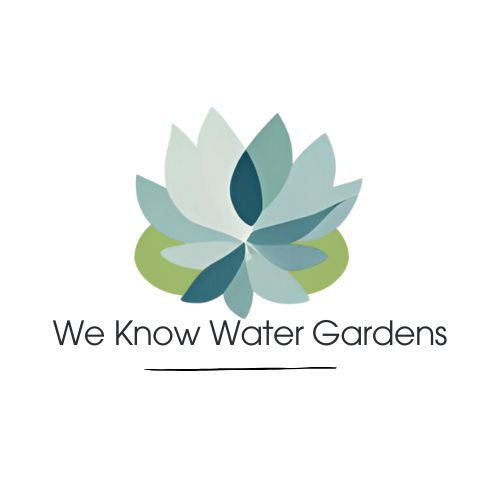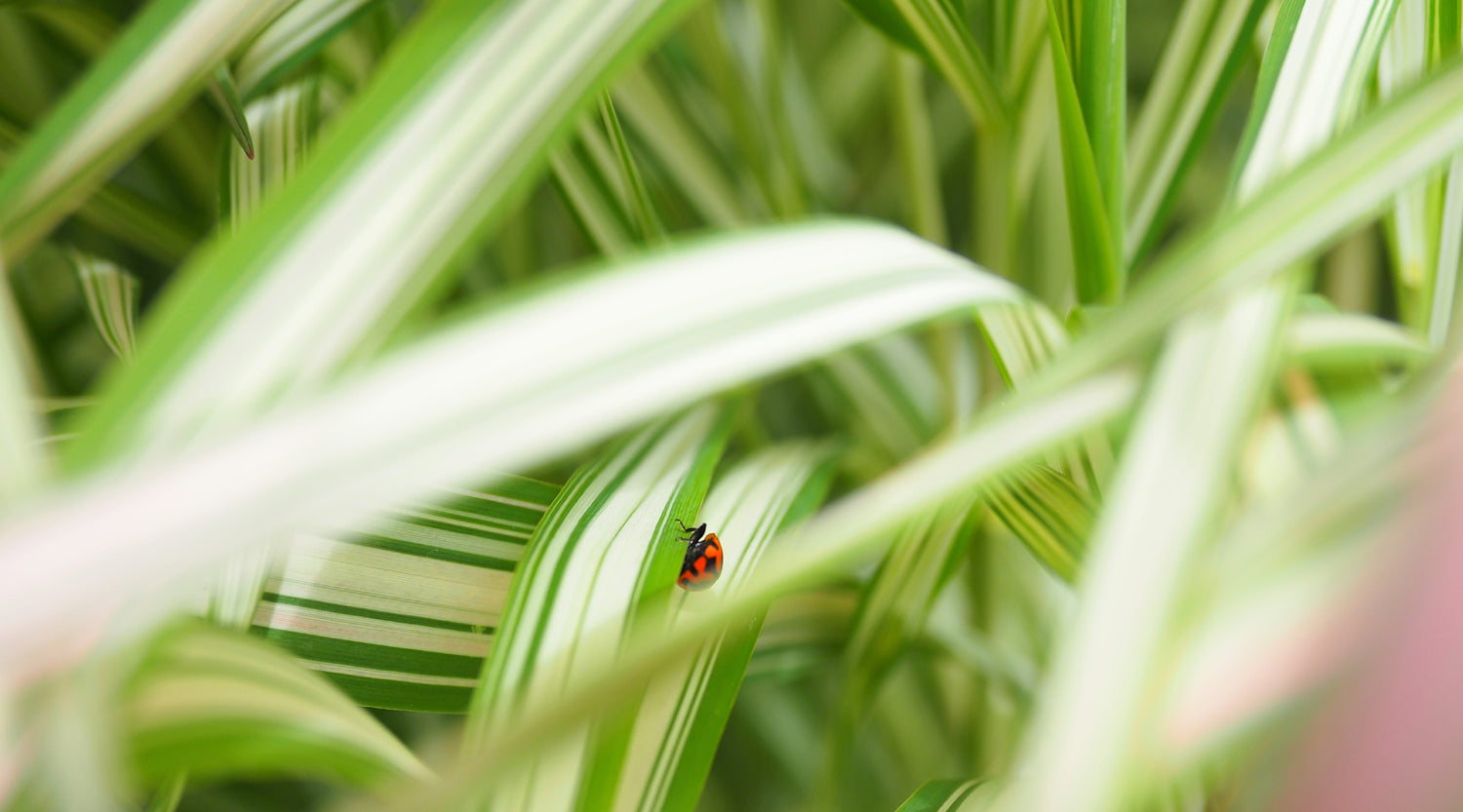The Best Oxygenating Pond Plants for a Low-Maintenance Pond
on May 11, 2023
If you have a pond, you know how important it is to keep it healthy and balanced.
One way to do this is by adding oxygenating pond plants, which help to oxygenate the water and keep it clear. But with so many options out there, it can be hard to know which plants to choose.
Here are some of the best oxygenating pond plants to keep your pond healthy and thriving.
Why are oxygenating pond plants important?
Oxygenating pond plants are important because they help to oxygenate the water in your pond, which is essential for the health of your aquatic ecosystem. Without enough oxygen, fish and other aquatic life can suffocate and die. Additionally, oxygenating plants help to keep the water clear by absorbing excess nutrients and preventing the growth of algae. By adding these plants to your pond, you can create a low-maintenance and healthy environment for your aquatic life.
All of these plants listed below are frog and fish friendly too!
Brahmi (Bacopa Monnieri)
Brahmi, also known as Bacopa Monnieri, is one of the best oxygenating pond plants for a low-maintenance pond. This plant is easy to care for and can survive in a variety of water conditions.
It also has the added benefit of being a natural stress reliever for fish and other aquatic life. Brahmi can be left in pots and allowed to float around ponds with our floating ring of any depth or directly in the soil of your pond. It will quickly spread to cover the surface of the water, providing ample oxygen for your aquatic ecosystem.
Pink Rotala (Rotala roundifolia)
Pink Rotala, also known as Rotala roundifolia and pink heather, is a popular oxygenating pond plant that adds a pop of colour to your aquatic ecosystem. This plant is easy to care for and can survive in a variety of water conditions.
It grows quickly and can reach up to 20cm in height, providing ample oxygen for your pond. Pink Rotala can be left in pots with their floating ring or submerged in your pond to a depth of 60cm. It will quickly spread to cover the surface of the water. Its vibrant pink colour makes it a popular choice for pond owners looking to add some visual interest to their aquatic environment.
Upright Water Milfoil (Myriophyllum crispatum)
Upright Water Milfoil, also known as Myriophyllum crispatum, is a great option for oxygenating your pond. This plant has feathery, green foliage that grows in dense clusters, providing plenty of oxygen for your aquatic ecosystem. Upright Water Milfoil is also a low-maintenance plant that can survive in a variety of water conditions.
Upright Milfoil is an attractive water plant and a good addition to any pond or water garden. Milfoil can be submerged to a depth of 20cm where it will act as an oxygenator and provides cover for fish and tadpoles. It will spread out over the surface of the pond and is used by frogs to spawn on.
Milfoil is a fast-growing pond plant and this makes it ideal for natural algae control. It does this by competing with the algae for nutrient. Less nutrient means less algae and clear water. Furthermore, the fine leaves of Milfoil help to captcha small particles that float in the water further enhancing water clarity.
Water Primrose (Ludwigia palustris)
Water Primrose, also known as Ludwigia palustris, is another great option for oxygenating your pond. This plant has bright green leaves that grow in a spiral pattern, creating a visually appealing addition to your aquatic ecosystem.
Water Primrose is a hardy plant that can survive in a variety of water conditions, including low light and low oxygen levels.
Whether grown in our floating pot rings or submerged in water, the roots are continuously forming, and the plant develops into a mat with roots hanging into the water. These roots act as a filter reducing nutrients and fine particles in the pond.
This matting also provides cover for fish and tadpoles in the pond and the plant is particularly well suited to growing in the floating ring.
Needle Leaf Ludwigia (Ludwigia Acruata)
This distinctive plant boasts narrow, needle-like leaves that create a striking contrast in your pond. Needle Leaf Ludwigia is a fast-growing stem plant that adds contrast of green leaves againts the red stems in your pond. It is an excellent choice for Australian fish ponds as it is effective in absorbing nutrients that algae thrives on and will act as a natural oxygenator for ponds that don't have any filtration.
© We Know Water Gardens 2025
Share






